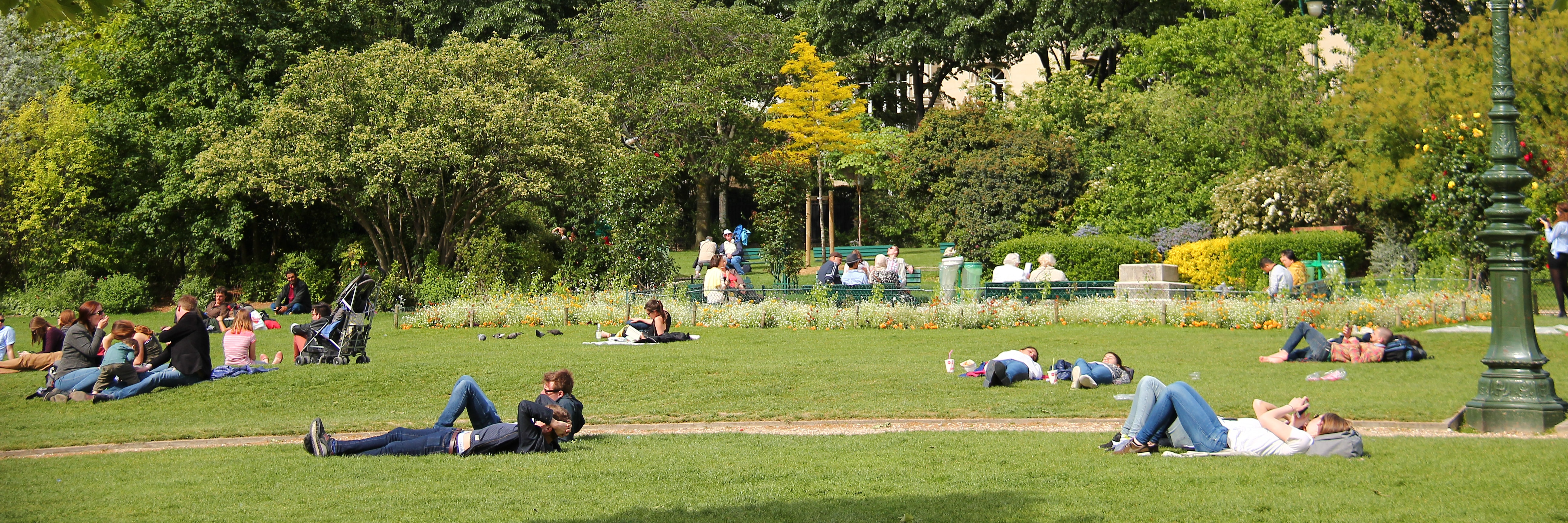
Key Take-aways
Nordic municipalities report that the main challenges related to sustainable public procurement practices are a lack of time, resources, and context-specific practical tools for analyses. Municipalities can consider the following key points—highlighted by municipal representatives and panellists during the webinar—to develop and improve sustainable public procurement practices:
- Put procurement into a strategic framework.To effectively operationalise public procurement as a tool for SDG localisation, it is important to develop a strategy backed by political will and with committed leaders. As Vantaa shared, having robust systems starting with a main strategy and transitioning to the operational level while having enough staff, allocating sufficient funds, and maintaining ambition remains a work in progress. Similarly, placing procurement processes into a strategic framework, as a key instrument to achieve SDG targets has accelerated daily practice in Gladsaxe’s tenders and contract policies.
- Set priorities for different sector areas to address.It is important to familiarise oneself with the municipality’s scope and potential benefits of opting for the most sustainable choice in each sector. What follows is mapping the resources, such as competencies and budgets, which are available. For example, Vantaa has a Procurement Service Unit that works with a set of tools developed to identify sustainable products or services. Gladsaxe works with set targets, such as 80% of food served in schools should be organic. They also oblige contractors to increase social sustainability by for example employing vulnarable groups.
- Plan training, networking, and monitoring activitiesfor the short and long term to reach local goals. Sustainable procurement practices require the inclusion of specified environmental criteria for products and services in the tendering process. Begin with consulting existing criteria and identifying certified products such as those with Nordic Ecolabelling and other sources suitable for the local and regional context.
- Start with low-hanging fruits and advance as you go along.Consider how sustainable requirements will affect the procurement process for the next round of goods and services, and how this will be implemented in line with legal obligations. This could, for example, include a goal for green transport by committing to only purchasing electric vehicles in the municipality. Once this has been established, choosing certified projects or products is a simple way to get started.
- Municipalities hold the power of the (public) purse.If there is a strong collective demand for sustainability within the public procurement process, suppliers will likely follow the need for sustainable production and delivery. Sustainable public procurement is, in practice, no more complicated than traditional procurement and does not necessarily have to cost more. When it comes to the price tag of sustainable purchases, Gladsaxe has found that there are opportunities to reduce costs if more stakeholders join. In the long run, sustainable investments, like those going towards energy efficiency in buildings, become less expensive and yield more gains.
- Collaborate with other public procurers.Both Gladsaxe and Vantaa work with regional and national networks and multi-stakeholder partners in their respective procurement processes. From their experience, it is important to work with neighbouring municipalities or to seek national public procurement networks to galvanise consumer power as well as to share resources, knowledge, and competencies.
- Share successes and good stories,both internally in the organisation to increase motivation among the staff, as well as to citizens who are interested in knowing about local efforts for sustainability. In Vantaa, responsible consumption is taught within the school subjects and through various campaigns as part of a broader curriculum to educate children and young people for a sustainable future.
- Bumps on the road to SDG 12 fulfilment remain.Current consumer behaviour or mode of production among manufacturers are yet to widely support circular practice such as electronic reuse. For example, while Gladsaxe has come a long way in institutionalising its procurement practices, the municipality is still working to reduce packaging waste from purchased products and to reduce e-waste, such as old laptops and other digital devices.
- Local action will lead to global transformation.Consider public procurement as a practical tool to simultaneously reach local, national, and global sustainability goals. Connect with as many SDGs as possible and identify how the municipality is, through public procurement, addressing some of these areas to mainstream sustainability implementation, monitoring and reporting.